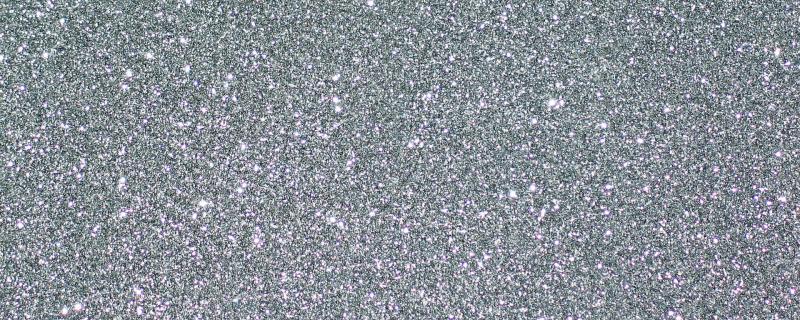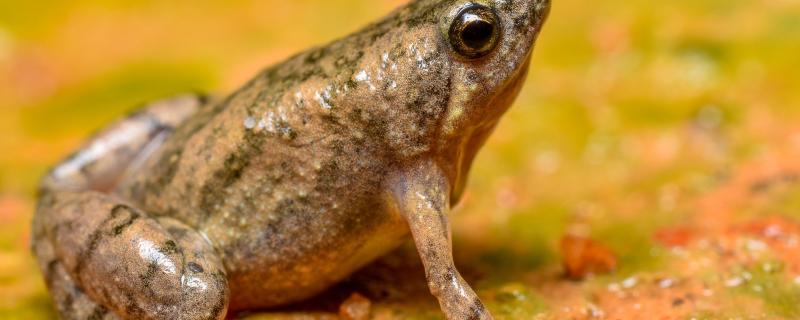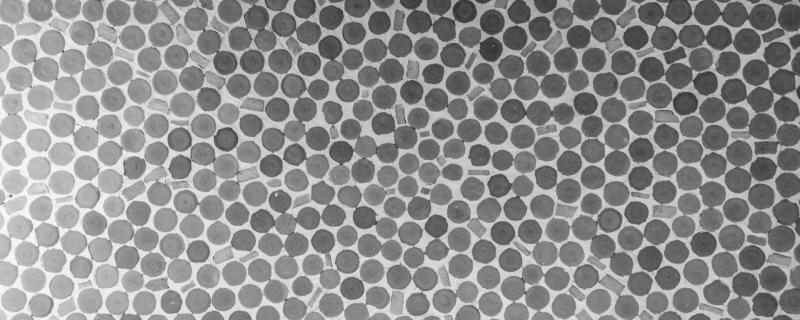A team of researchers from Indian Institute of Science (IISc), Bengaluru, Max Planck Institute for Intelligent Systems, Stuttgart, Germany, and University of Stuttgart, Stuttgart, Germany have developed a novel silver nanoparticle-graphene hybrid photodetector device with an increased ability to detect Ultraviolet light.
Archives
Researchers at Indian Institute of Technology Bombay (IITB), Mumbai, have developed a new minimum opportunity cost targeting algorithm (MOCTA) to help organizations and institutions select the right environmental and conservation projects to pursue.
There exists a theory among economists called the ‘pollution haven hypothesis’ that talks about how foreign investments are related to environmental regulations.
Researchers from Babasaheb Bhimrao Ambedkar University, Lucknow, Institute of Urban Environment (IUE), Chinese Academy of Sciences (CAS), Xiamen, People’s Republic of China, and CSIR- Indian Institute of Toxicology Research, Lucknow have studied the wastewater produced from tanneries and analyzed the pollutants present in it.
Poor kitchens cause household air pollution and along with poor sanitation, results in millions of annual premature deaths globally, says study
Sweden's recent decision to terminate a contract with a scientific publisher, because the publisher was not making sufficient progress towards Sweden's demands for open access, has given rise to much jubilation in
23rd of May is celebrated as theWorld Turtle Day. Read about the various organisations in India who use an array of methods to ensure that turtles are welcome on our shores.
After the Microhyla laterite that was described from Manipal in 2016, scientists have found another new narrow-mouthed frog from the city centre of Mangaluru, in coastal Karnataka.
Researchers from the Indian Institute of Technology, Delhi and the Fortis Memorial Research Institute, Gurgaon, have devised a new way to automatically differentiate between inner and outer breast tissue using Magnetic Resonance Imaging or MRI in breast cancer patients.
Researchers from Vellore Institute of Technology (VIT) University, Vellore in Tamil Nadu, have synthesized novel compound made of lead sulphide quantum dots coated with anti-oxidants or vitamins, which could aid in live imaging cells.










